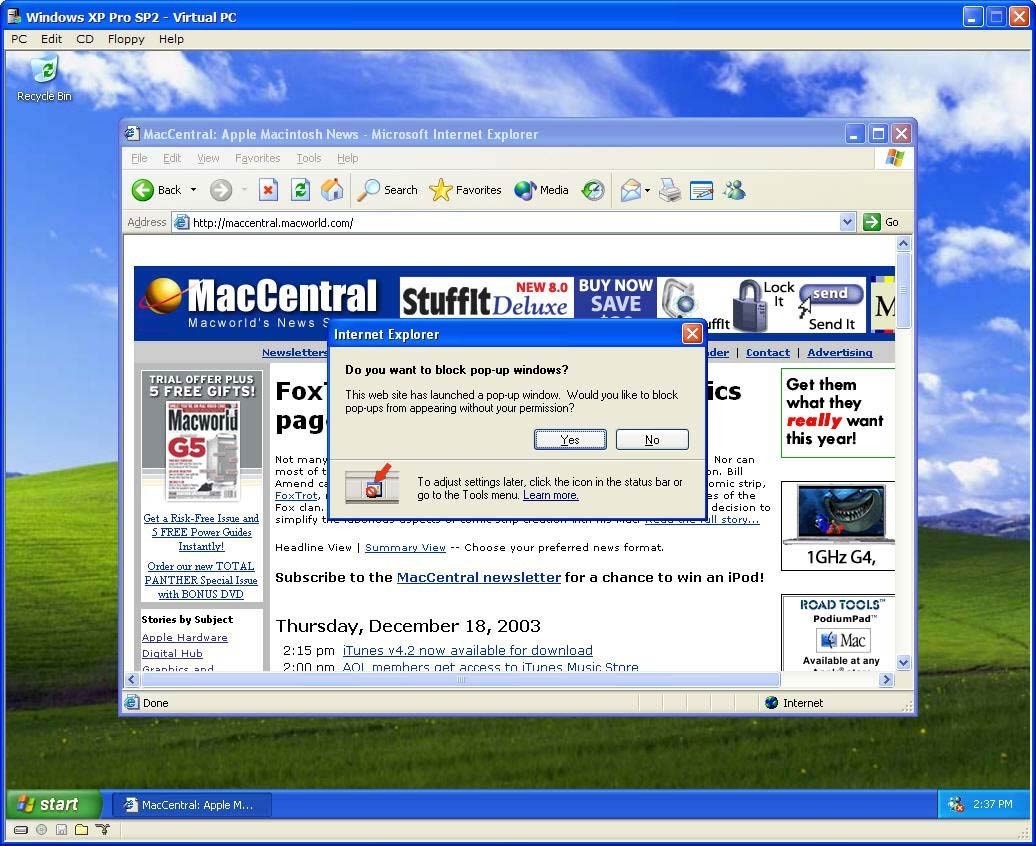What is a Pop-Up?
A pop-up is a type of advertisement that appears when surfing the Internet. Specifically, it is an advertisement that pops up when you happen upon a specific web page. The purpose of a pop-up is to divert your attention from the content that you were reading on the web page and focus on the ad. The ultimate goal is to get you to click the ad to bring traffic to the website or punch in your email in the hopes of gaining a lead.
Some popup advertising firms limit popups to one-per-session or to one every four to twenty-four hours. Other popup advertising vendors send so many popups so quickly that the only way to escape popup hell is to close your web browser.
Types of Pop-Ups
There are many different types of pop-ups and, more importantly, different ways that they can appear. To begin with, one of the most common is visiting a site that has the pop-up advertising software installed on the web page. When you visit, the ad pops up. If you leave and close the ad, the ad won’t appear again. Go back to the site and the ad will pop-up again.
Another type is coded into downloadable content. When accessing this content–such as video and music–the pop-ups begin to appear. In effect, the user provides the free content in return for you viewing the pop-up, thus making them money.
Other types of pop-ups are used honestly. When filling out a form, another pop-up might appear after submitting to offer more information. Or, if your security software is about to expire, the company might alert you with a pop-up.
It should be noted, though, that clicking on one pop-up can bring you to a page that has other pop-ups. Because you clicked on one, you are more likely to click on another which increases profitability for the website owner.
PopUp’s vs. PopUnder’s
A variant of the popup is the popunder. A popunder opens a browser window just like a popup does, but the popunder browser window opens itself underneath other windows on your PC. You may not see the popunder for many hours after its creation.
Blocking Pop-Ups
Most web browsers these days have built in pop-ups. Because most pop-ups are served using JavaScript, all the pop-up blocker has to do is block JavaScript. However, this can also limit what other things can be done on the website that needs JavaScript. More importantly, since it inhibits all pop-ups, you lose out on a pop-up you might want. Therefore, if you visit an honest site, at the top of the web browser, it’ll alert you to a pop-up and give you the option of allowing the pop-up that one time.
To combat pop-up blockers, many ad companies have released Flash based pop-ups. These bypass the blockers because the blocker only focuses on JavaScript. When the page loads, a bit of Flash loads with it and shows the ad to the viewer. Since many websites incorporate bits of Flash, it is even more difficult to block the pop-ups without blocking the other parts of Flash.


Comments - No Responses to “What is a Pop-Up?”
Sorry but comments are closed at this time.